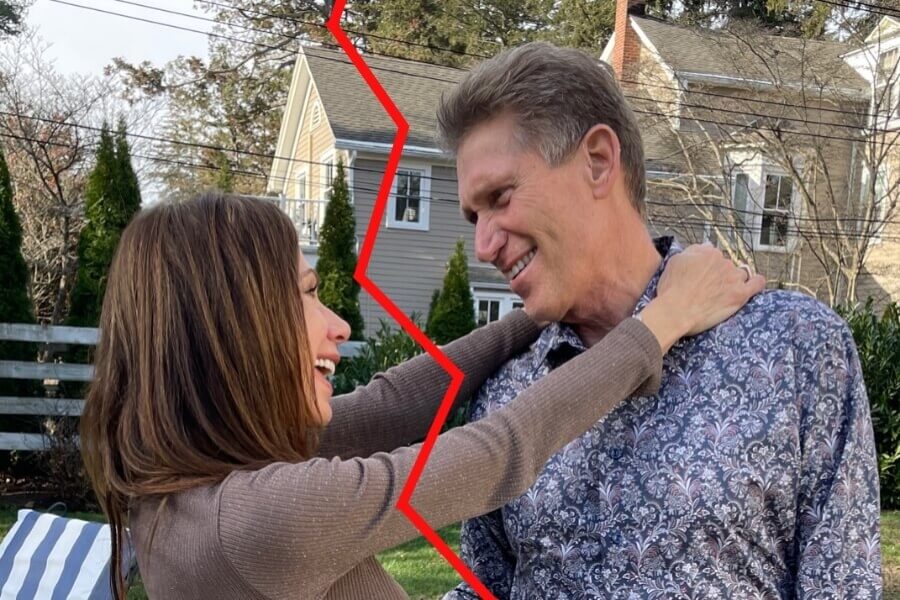Editor’s Note: The new book Collective Wisdom by Grace Bonney features interviews with more than 100 women in all walks of life–from an Olympic athlete and a NASA team member to award-winning artists, activists, writers, and filmmakers, from women in their 50s to centenarians. Cuban artist Carmen Herrera is among the celebrated subjects. To mark the publication and Herrera’s astounding longevity and still-productive career, we are re-publishing this story on the well-known artist.
***
Even those of us born with amazing self-confidence have had those moments of self-doubt that keep us from taking that painting class we’ve been thinking about forever. But next time you’re feeling “too old” to give drawing (or any kind of craft) a go, just hold a thought about abstract artist Carmen Herrera. The Cuban-born Herrera didn’t sell her first painting till she was 89; now her fierce, unfussy geometric works go for hundreds of thousands of dollars, and museums vie to exhibit her art. How ’bout them apples?
Originally trained as an architect in Havana, Herrera switched to painting in the 1930s and moved to New York, then Paris. She ran around with all the cool kids, including writers Jean Genet and Simone de Beauvoir. As to the baddest boy painter of the era? “I saw Picasso many times, but never made friends with him,” she has said. “I don’t like Picasso.”
Read More: A 92-Year-Old Filmmaker’s 5 Secrets to a Long and Fascinating Life
Ignored No More

Carmen Herrera’s “Costa del Sol” painted in 2015 when the artist was 100. Image: wikiart.org
Eventually, she and her husband, Jesse Loewenthal, returned to Manhattan, where Herrera continued to hone her chops. Yet while male abstract artists—notably Ellsworth Kelly, whose style was similar—enjoyed success, Herrera’s striking canvases decked with strong lines and bold colors went ignored. “Everything was controlled by men,” she has shared of her struggles. In fact, one gallery owner told her outright: “You can paint rings around the men artists I have, but I’m not going to give you a show because you’re a woman.” With that, Herrera said, “I felt as if someone had slapped me on the face. I felt for the first time what discrimination was. It’s a terrible thing.”
But Herrera — yes! — persisted, and in 1998 was included in a group show of Latin American artists. A review in The New York Times touted “an abstract art of quietly jazzy linear patterns” and five years later she made her first sale. In 2016, a retrospective of her work wowed crowds at NYC’s Whitney Museum; she’s also the subject of the documentary The 100 Years Show — and today, at 106, Carmen Herrera is still wielding her brush and wow-ing us.
Carmen Herrera on Aging
Herrera doesn’t spend much time thinking about her age. During the conversation that was published in the book, she tries to speed the interviewer off the subject. “If 60 makes you a senior citizen, then I have been one for 46 years,” she says. “Those categories and age numbers are all nonsense. I have known 40-year-olds who were lifeless and 80-year-olds who were full of vitality. There are so many clichés and misinformed opinions about aging that it is best not to even bring it up in intelligent conversation.”
She goes on to say, “Age should be ignored as much as possible. There is nothing you can do about it. The key is not to be at the mercy of statistics. Find something you love to do, and never retire.” We hear you and applaud you!
Read More: The Eve Babitz Resurrection and Other `Forgotten’ But Cool Women Who Deserve a Revival





















0 Comments